Beeswax is pretty much what holds everything together in the bee world. It’s the stuff that makes up the honeycombs, those nifty little homes bees build to store their honey and raise their young. This wax is not just any wax—it’s packed with properties that have made it valued throughout human history.
So let’s rewind a bit. Beeswax has been used as far back as ancient Egypt. People then used it for waterproofing ships and making the first known skin creams. Even the Romans got in on it, using beeswax in paintings and as a paper preserver. This little marvel has been around the block!
In today’s world, beeswax is still going strong. You’ll find it popping up in everything from lip balms to candles, and even as a wood polish. It’s valued for being natural and biodegradable, making it quite the eco-friendly choice for a lot of products. So, whether you’re diving into the world of beekeeping, or just exploring natural alternatives for your lifestyle, beeswax is a pretty versatile ally.
The Many Uses of Beeswax in Daily Life
Beeswax is like that Swiss army knife of natural ingredients. Start with cosmetics and skincare—this stuff is a superstar. From lip balms and lotions to face masks, beeswax locks in moisture and soothes your skin. It’s like giving your skin a cozy blanket without the synthetic nasties.
If you’re a DIY enthusiast, beeswax should be your best friend. In the crafting world, it shines in homemade candles that burn clean and smell divine. Then you’ve got beeswax wraps—these reusable food wraps are a no-brainer for keeping goods safe while cutting down on plastic use.
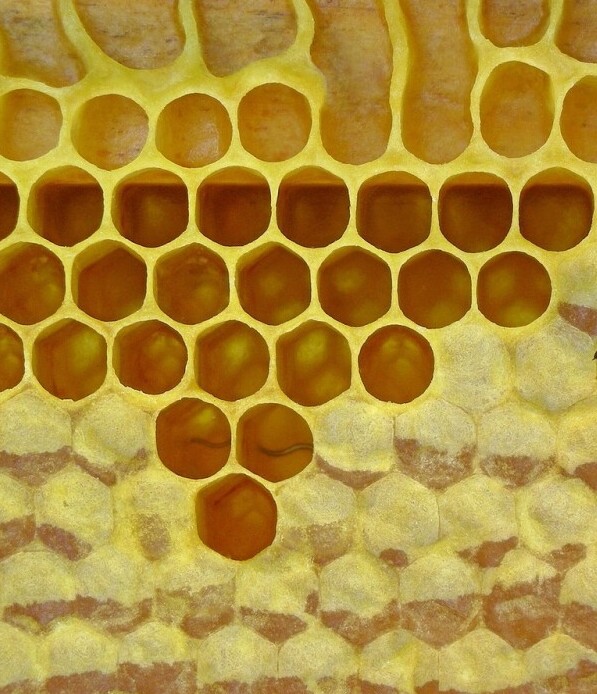
When it comes to food preservation, beeswax isn’t shy about showing its skills. Coating cheeses with a bit of this wax keeps them fresh longer, and let’s not forget—beeswax has been used as a natural ingredient in keeping fruits and candies shiny and safe from the elements.
With so many uses packed into a single natural product, beeswax is definitely worth having on hand. Whether you’re sprucing up your skincare routine or diving into DIY home projects, this wax is a versatile toolset that keeps things natural and effective.
Environmental and Health Benefits of Beeswax
Beeswax is not just a versatile tool for crafts and skincare, it’s also a win for the planet. When you stack it up against synthetic products, beeswax comes out on top as the eco-friendly champ. It’s completely biodegradable, which means it won’t sit in a landfill for centuries. Swap out those petrochemical-based items for beeswax, and you’re making a solid choice for the environment.
Living sustainably is about small choices that add up, and beeswax fits this vibe perfectly. From beeswax wraps replacing plastic bags to beeswax candles that burn clean and don’t pollute indoor air, it’s clear that beeswax helps shrink your ecological footprint.
On the health front, the natural properties of beeswax offer some potential perks. As a barrier that locks in moisture without clogging your pores, it’s ideal for sensitive skin. That being said, everyone’s skin reacts differently, so a patch test can be worth it before going all-in. It’s always a good move to keep your skincare routine tuned to your unique needs.
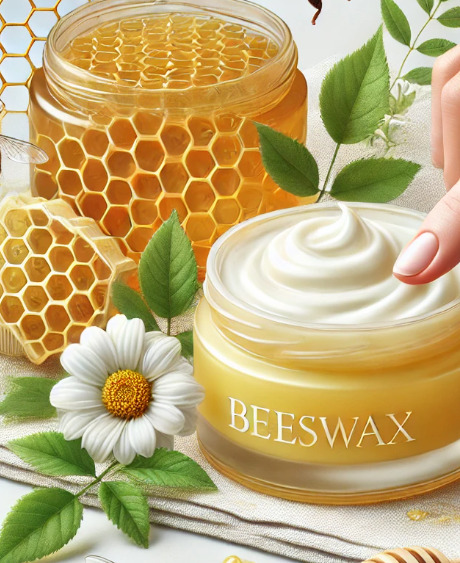
Using beeswax also means supporting eco-conscious practices and valuing products that don’t come at the expense of the planet. It’s about choosing health and sustainability in one go. With beeswax in your lineup, you’re not just benefiting from a natural powerhouse—you’re making choices that prioritize a healthier planet and self.
Beekeeping: An Overview of Hive Management
Getting into beekeeping involves a bit of prep, but it’s all about setting up the right environment. Having a basic setup includes a hive or two, protective gear, and some tools like a smoker and a hive tool. This equipment helps manage your bees safely and efficiently.
Understanding the dynamics within a bee colony is a big part of successful beekeeping. Each hive is a bustling community with a single queen, workers handling the day-to-day activities, and the male drones. Knowing their roles helps in ensuring the hive thrives and continues producing that golden honey and beeswax.
Keeping your hive productive and healthy isn’t just about watching the bees buzz around. Regular checks to look for:
- Diseases
- Adequate food supplies
- Managing space
Consider rotating your frames and checking for pests as standard practice to keep issues at bay.
Being a beekeeper isn’t just a hobby; it’s a responsibility to your bees and, by extension, the local ecosystem. Happy and healthy bees mean more pollination, helping local flora thrive. Invest time in learning and attending workshops or beekeeping groups—there’s always something new to learn from fellow beekeepers.
The Art of Harvesting Beeswax from Your Hive
Harvesting beeswax from your hive is where the magic really happens. First things first, you’ll need a few tools: a sharp uncapping knife, a strainer, and a wax melter or some makeshift equipment that can handle heat without creating a mess.
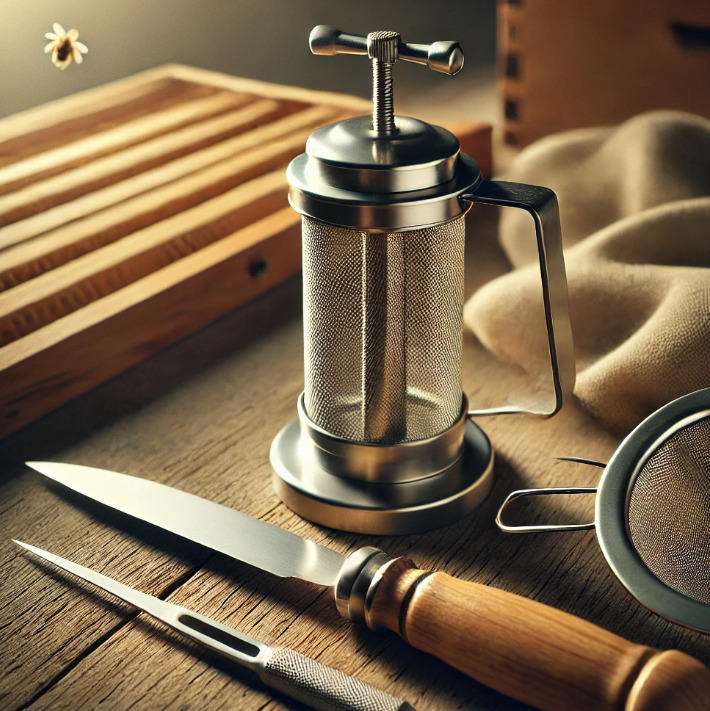
Start by removing the frames from the hive—these are where bees store honey and build their wax comb. Gently slice off the honeycombs using your uncapping knife. Honey extraction comes first, with wax collection right on its heels.
Once the honey is out, put the leftover combs into a pot and heat them gently to melt the wax away from any leftover honey. Use a strainer to remove debris, ensuring you end up with clean, pure beeswax.
A sustainable harvest is the focus. You want to take the wax without disturbing the bees too much. This involves careful timing and making sure you leave enough wax behind for the bees to rebuild their combs. Happy bees make for productive hives.
Managing this balance is key to having productive hives year after year. Practice and patience are your friends—over time you’ll hone a process that works for you and keeps your bees thriving.
Caring for Your Bees and Protecting Their Role in the Ecosystem
Bees are incredible little workers and crucial for pollination, helping many plants reproduce. Without them, many of the foods we rely on would struggle to grow, making bee care super important for us all.
Keeping bees healthy involves more than just managing their hives. From fighting off pests like the Varroa mites to ensuring they have enough food, there’s a lot on the beekeeper’s plate. Regular hive checks become your best line of defense against these challenges.
Creating a bee-friendly environment also helps. Planting plenty of flowers and avoiding pesticides makes your garden a welcoming place for bees. This not only benefits your bees but helps wild bees and other pollinators thrive, too.
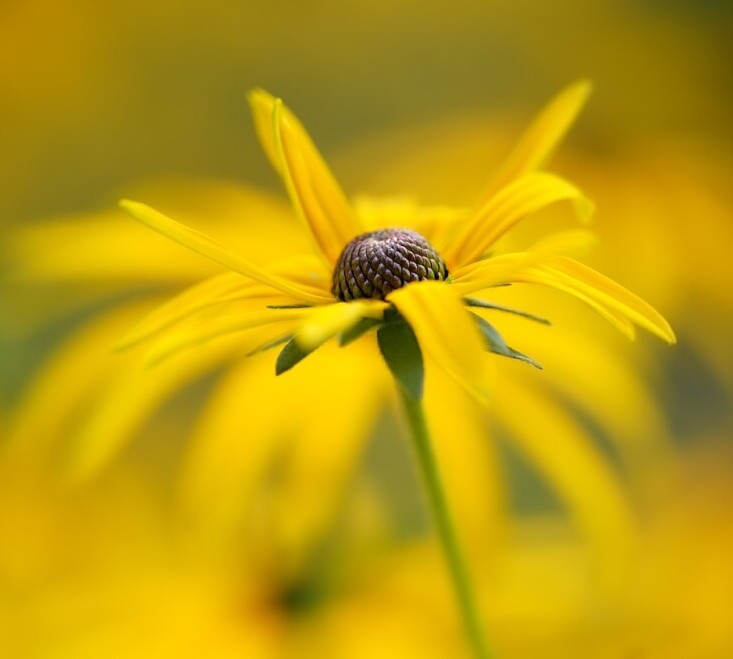
The world of beekeeping faces its own set of hurdles, like climate change affecting bees’ food supplies and habitat. Staying informed and connected with the beekeeping community can give you insight into new strategies and solutions.
Your commitment doesn’t just end with your hives—it’s about advocating for and spreading awareness about the broader impacts of bee health on the ecosystem. Being proactive in your care and ongoing education ensures bees continue to perform their vital roles, boosting both their populations and the environment.
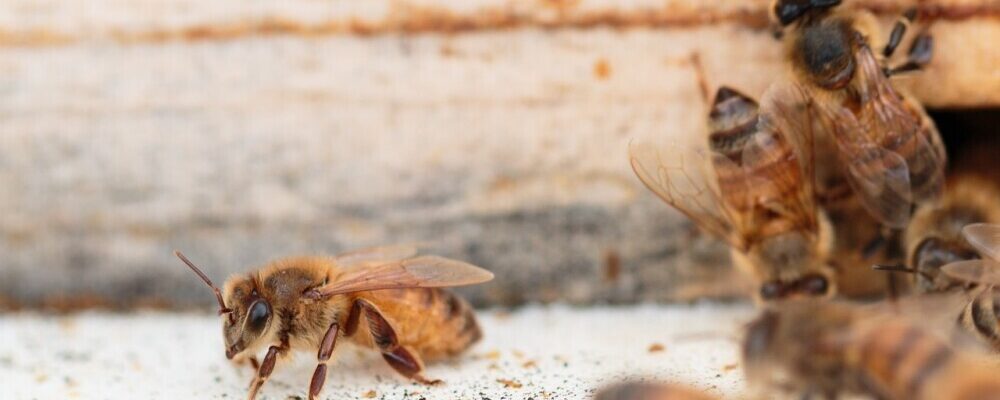
4 comments on “Beeswax: Uses And How To Harvest It From Your Hive”
Maksim Verimeyev
January 20, 2025 at 1:11 amHello Friend!
This post is so informative and inspiring, especially for someone like me who’s new to learning about beeswax and beekeeping. I had no idea how versatile beeswax is, from skincare to food preservation, and it’s amazing to see how eco-friendly it can be. The detailed explanation of harvesting beeswax makes it feel approachable, even for beginners.
I also appreciate the focus on caring for the bees and their role in supporting the ecosystem—it’s such an important reminder of how interconnected everything is. This post has definitely piqued my interest in learning more about beekeeping and beeswax. Thank you for sharing!
Maksim V 🙂
Randi
January 20, 2025 at 4:10 amHi Maksim!
Thank you so much for your kind words.🐝 I’m so glad you found the post helpful and inspiring. Beeswax really is such a versatile and eco-friendly marvel, isn’t it? And the best part is how it ties back to caring for the bees and the amazing work they do for our ecosystem.
If you’re just starting out, don’t hesitate to reach out with any questions—I’d be happy to share more tips or point you toward helpful resources. It’s such a rewarding journey, and I’m sure you’ll love learning more about beekeeping and beeswax!
Thanks again for your thoughtful comment, and I hope to hear more about your bee adventures!
-Randi
Gail
January 20, 2025 at 1:12 amHi there and thanks for this really informative article about beeswax and its uses. I don’t have a bee hive but I do use beeswax candles and beeswax wraps in my kitchen. I am very intrigued as to how I can use beeswax in more of my arts and crafts. I’d like to make my own cosmetics to reduce the chemicals that are sometimes used, and I love doing arts so do you have any recipes or crafts that you would recommend to do using beeswax? I also have some eczema and have found bee products helpful in the past. Do you think a homemade beeswax handcream or bodycream would help and do you have a recipe for one?
Randi
January 20, 2025 at 4:12 amHi Gail,
Thanks for your lovely comment, I’m so glad you enjoyed the article! Beeswax is such a fantastic material for arts, crafts, and natural cosmetics, and it sounds like you’re already putting it to great use.
For arts and crafts, beeswax is perfect for making things like lip balms, candles, or even beeswax ornaments! For cosmetics, a homemade beeswax hand cream or body cream could definitely be helpful for eczema since it creates a moisture barrier without clogging pores.
Here’s a quick recipe to try:
2 tbsp beeswax4 tbsp coconut oil2 tbsp shea butterA few drops of vitamin E oil or your favorite essential oil for extra nourishment
Melt the beeswax, coconut oil, and shea butter together in a double boiler, stir, and pour into a container to set. It’s super easy and gentle on the skin!
Let me know if you give it a try or if you’d like more recipes.
Randi